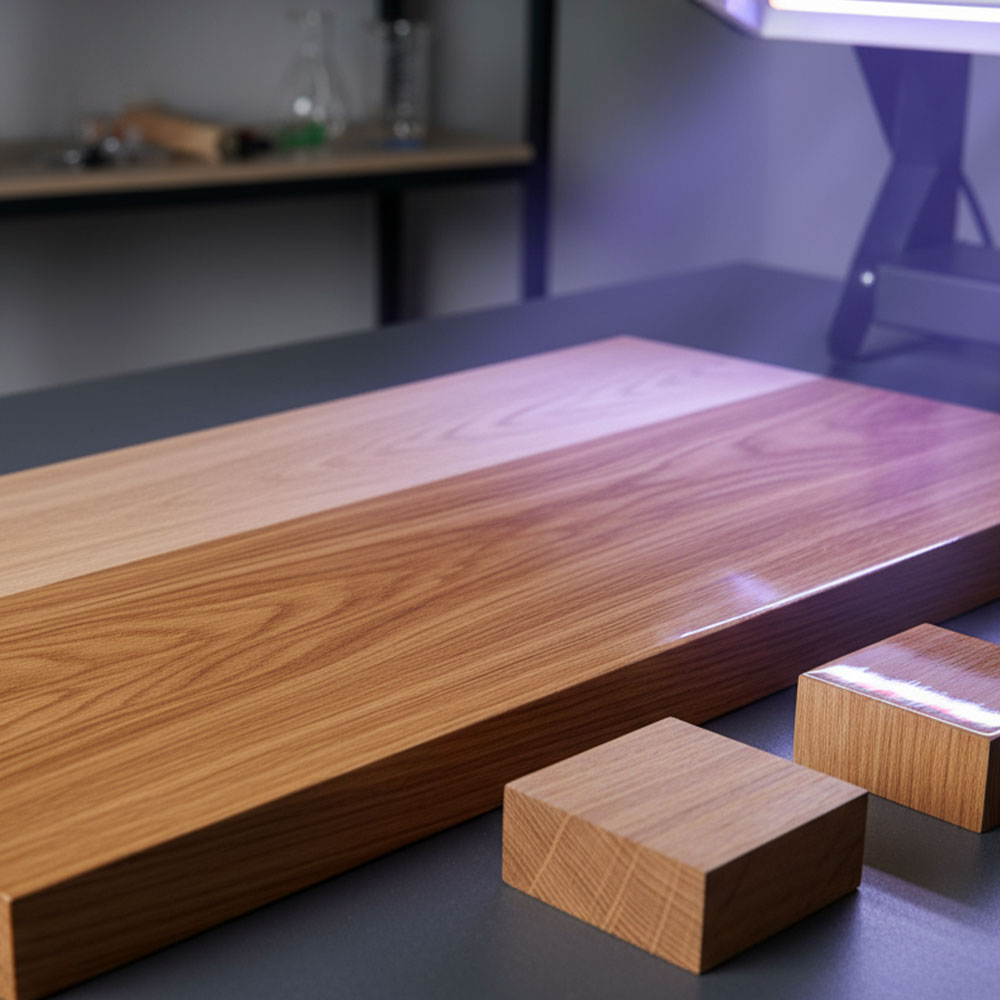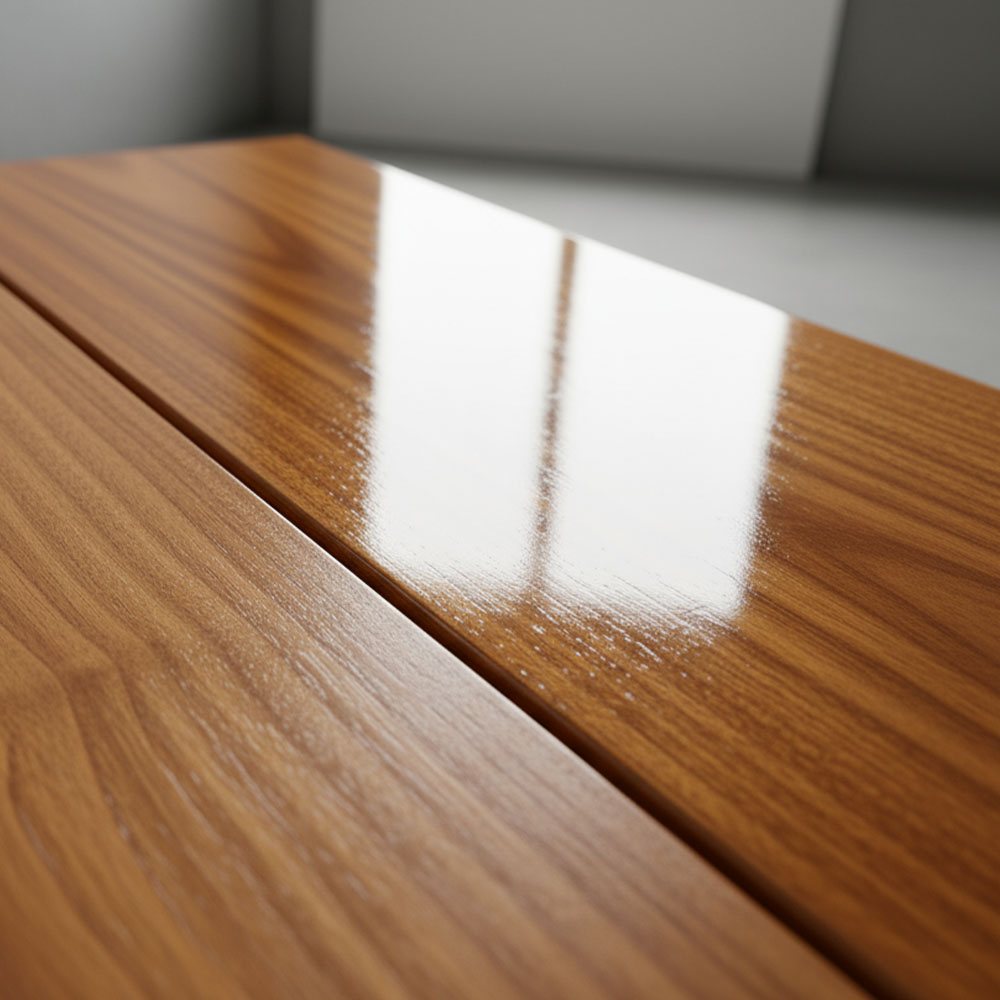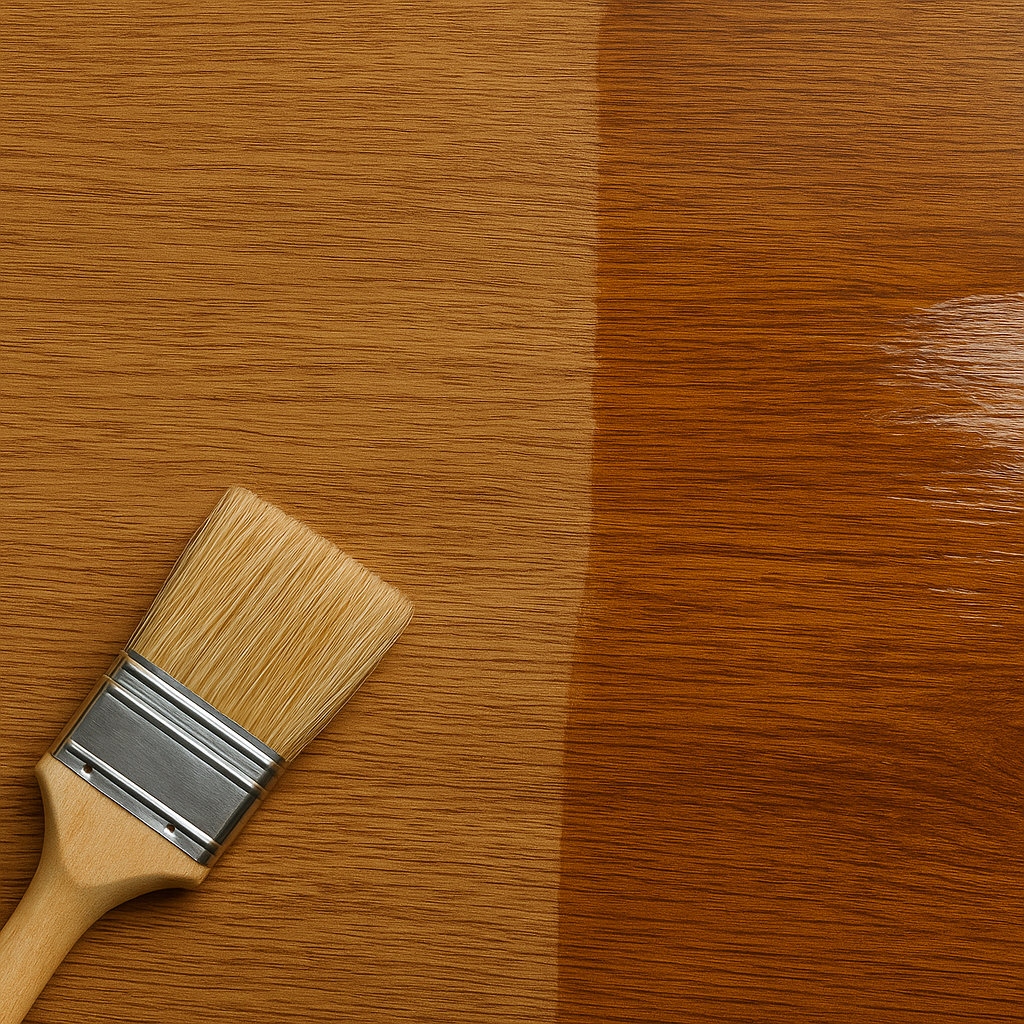How to Create a Stable, Clear, and Durable Epoxy Resin River Table
— Lessons from Our Work with Factories and Crafters
Epoxy river tables have become a popular trend in custom furniture and art decor, blending the natural texture of wood with the crystal-clear beauty of resin. But creating a flawless river table is not just about inspiration—it’s a combination of technique, experience, and, most importantly, the right materials.
As a raw materials supplier working closely with furniture factories, independent designers, overseas buyers, and DIY artists, we’ve witnessed many successes—and a fair share of avoidable mistakes. In this article, we want to share practical guidance for anyone interested in making high-quality river tables, from hobbyists to commercial producers.
1. What Determines the Quality of a River Table?
From our experience, a great epoxy river table depends on four key factors:
- Wood: Use kiln-dried hardwood with less than 10% moisture content. Popular options include walnut, maple, and oak.
- Mold & Sealing: HDPE or tape-lined molds work best. Proper sealing prevents leaks and ensures a clean finish.
- Epoxy Resin: For river tables, choose a deep-pour epoxy that cures slowly, offers high clarity, and resists yellowing.
- Craftsmanship: This includes careful mixing, proper de-bubbling, thorough sanding, and protective finishing.
Among these, epoxy resin is the foundation—it determines the clarity, structural integrity, and long-term durability of your table.
2. Choosing the Right Epoxy Resin
Not all epoxy resins are created equal. For river tables, you’ll want a formula designed for deep pours—typically between 5 and 10 cm per layer. These resins cure slowly to prevent heat buildup, which can otherwise lead to bubbles, warping, or cracks.
Look for a resin with medium to low viscosity to allow air bubbles to escape. It should contain UV inhibitors and light stabilizers to prevent yellowing over time. A good formula will support the use of heat guns, vacuum chambers, or warm-room setups to further enhance clarity.
Many users ask why they can’t use standard epoxy. The answer is simple: regular epoxy often overheats, shrinks, or discolors when poured too thick. It may work for coatings or thin molds—but not for structural furniture pieces like river tables.
3. Recommendations Based on User Type
Furniture Manufacturers:
- Require consistency across batches and predictable curing behavior
- Often integrate resin into CNC workflows or surface treatments
- Usually need large-volume packaging (10L or more)
DIY Crafters and Artists:
- Prefer low-odor formulas with longer working times
- Need easy mixing and better control for color effects
- Typically operate in small workshops or home studios
Exporters and Brand Owners:
- Need materials compliant with REACH, RoHS, or similar regulations
- Value labeling, sample testing, and steady supply for private-label use
4. Common Challenges and How to Fix Them
Excessive bubbles often result from high wood moisture, unsealed surfaces, or aggressive stirring. The solution is to pre-seal wood, stir slowly, and use dry timber.
Cloudiness or a white haze is usually due to high humidity or moisture absorption. Work in a controlled environment with humidity below 60% and seal your wood.
Warping or overheating happens when you pour too thick or use fast-curing resin. Stick to slow-curing, deep-pour resin and pour in layers if needed.
Uneven edges or rough finishes can come from poor molds or insufficient sanding. Use level molds and follow up with a detailed sanding and polishing process.
Long-term yellowing occurs with resins that lack proper UV resistance. Choose products that include UV blockers and antioxidants.
5. Real-World Case Studies
🇨🇳 Furniture Maker in Fujian, China: Previously used standard epoxy and encountered cracking. Switching to deep-pour resin allowed for 6 cm pours with consistent clarity and a significant drop in customer complaints.
🇲🇾 Independent Designer Annie (Malaysia): Used our small-pack resin with white pearl pigment to create soft, mist-like effects in her river tables. The results were well received by her clients.
6. Frequently Asked Questions
Can epoxy resin be poured 5cm thick?
Only if it’s a deep-pour formula. Standard epoxy will overheat and may crack.
How can I prevent yellowing over time?
Use resins with UV inhibitors, and keep finished tables out of prolonged direct sunlight.
What’s the best epoxy resin for furniture?
Look for low-viscosity, slow-curing, and UV-stabilized products specifically designed for casting.
Can I add color to epoxy resin?
Yes. Use resin-safe pigments like mica powders, alcohol inks, or liquid dyes. Avoid water-based colorants.
7. Who We Are — Quietly Supporting Your Craft
We supply epoxy resin raw materials to artists, manufacturers, and brands around the world. While our brand is still growing, we focus on reliability: offering stable formulas, usage guidance, and flexible packaging.
Whether you’re creating your first river table or producing for global customers, we believe a good resin is more than a material—it’s a partner in your creative process.
8. Final Thoughts
Making a river table is about more than just looks. It’s about combining trusted techniques with reliable materials to create something truly lasting. If you’re exploring options for your next piece, feel free to reach out. We’re happy to share our technical insights or answer any questions you have.
📬 Visit our website or message us for specifications, sample kits, or a conversation about your goals.


